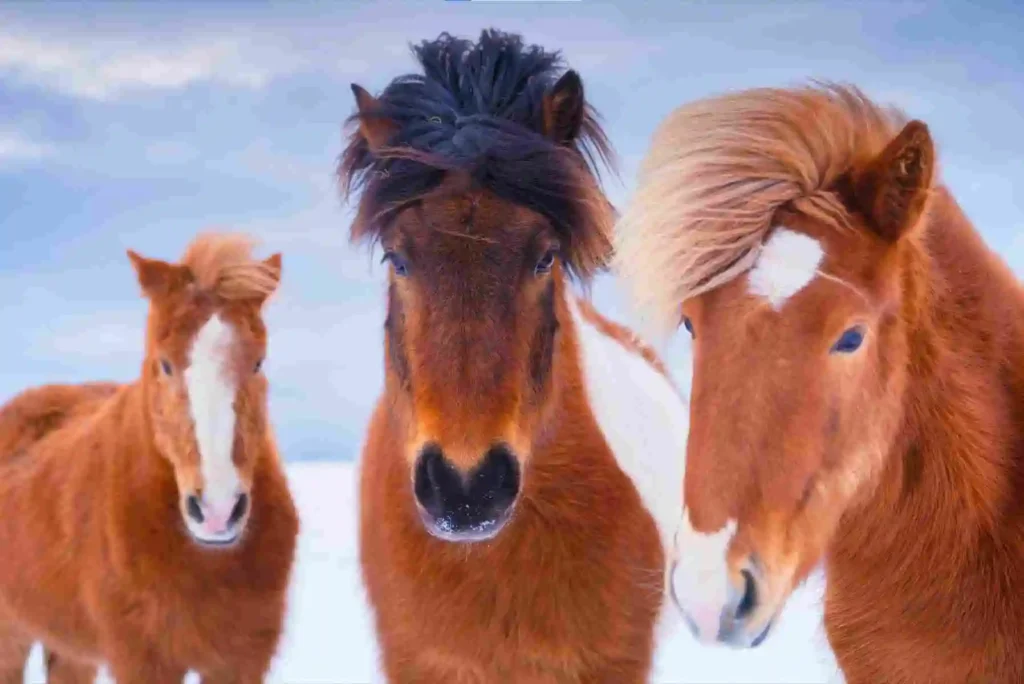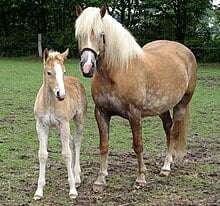The arrival of a foal is a joyous occasion for horse enthusiasts, and as caretakers, understanding the development and care of a foal’s hooves is crucial for their well-being. Foal hooves play a vital role in the overall health and soundness of the young horse. In this comprehensive guide, we’ll delve into the fascinating world of foal hooves, from their early development to essential care practices.
Early Development of Foal Hooves
- Birth and First Steps: Foals are typically born with soft, pliable hooves known as “milk feet.” These soft hooves harden gradually as the foal stands, walks, and begins to explore its surroundings.
- Rapid Growth Phase: The first year of a foal’s life is marked by rapid hoof growth. Regular growth is essential for the foal’s ability to move comfortably and maintain overall health.
- Shaping and Forming: As the foal grows, the hooves take on a more defined shape. Proper hoof formation is crucial for preventing lameness and other hoof-related issues in adulthood.
Care Practices
- Regular Trimming: Regular hoof trims are vital for maintaining proper hoof conformation and preventing issues like overgrowth, imbalance, and distortions. Trimming should begin early in a foal’s life.
- Balancing Act: Ensuring the hooves are balanced is critical for a foal’s soundness. Imbalances can lead to uneven wear, discomfort, and potential lameness issues.
- Farrier Visits: Introduce the foal to farrier visits early on to acclimate them to the process. Routine farrier care helps address any emerging issues and promotes healthy hoof growth.
- Nutritional Support: A well-balanced diet contributes to the overall health of a foal’s hooves. Adequate levels of essential nutrients, including biotin and zinc, support strong and resilient hooves.
- Environment Considerations: Providing a clean and dry living environment helps prevent common hoof issues, such as thrush. Wet and muddy conditions can soften hooves, making them more susceptible to problems.
Addressing Hoof Issues
- Contracted Heels: Foals may develop contracted heels, where the heels appear narrow. Early intervention by a knowledgeable farrier can help correct this issue.
- Overgrown Hooves: Overgrown hooves can lead to imbalances and discomfort. Regular trimming is key to preventing this problem.
- Lameness Signs: Signs of lameness, including reluctance to move or stand, shifting weight between hooves, or visible discomfort, should be promptly addressed by a veterinarian.

Conclusion
Understanding the development and care of foal hooves is an integral part of responsible horse ownership. By implementing proper care practices from an early age, horse enthusiasts can contribute to the long-term soundness and well-being of their beloved foals. As these young horses grow and explore the world on their hooves, providing attentive care ensures a solid foundation for a healthy and active future.





